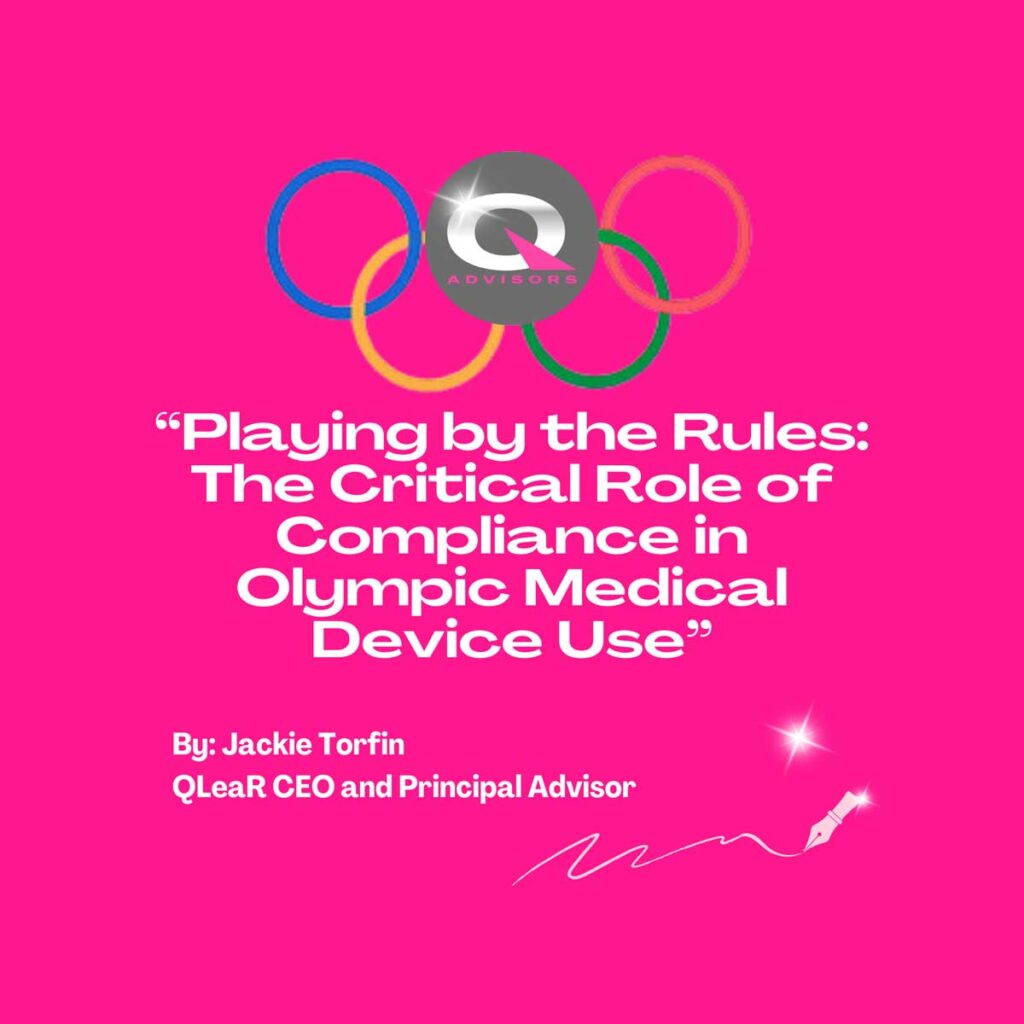The health and safety of athletes are super important during any sporting event, especially at the Olympic Games, where the stakes are high, and the competition is intense. In recent years, technological advancements have enabled athletes to use wearable devices and monitoring tools to track their performance, monitor their health, optimize their training regimens, and even detect potential injuries. While these devices can provide valuable data and insights, they pose potential risks if not properly used. To ensure athlete safety, organizers need to monitor and enforce compliance with regulations on the use of medical devices, such as wearable technology and monitoring devices.
The use of wearable devices during Olympic competitions must be carefully regulated to ensure a level playing field and prevent potential misuse. Athletes may be tempted to use these devices to gain a competitive advantage, such as tracking their opponents’ movements or receiving real-time coaching feedback. This can undermine the integrity of the competition and compromise the athletes’ safety.
For example, some athletes may use data from monitoring devices to adjust their intensity or technique in real time, giving them an edge over their competitors. This goes against the spirit of fair competition and can compromise the integrity of the Games. In addition, if athletes rely too heavily on a monitoring device to push themselves to their limits, they may put themselves at risk of injury or exhaustion. Similarly, if a device malfunctions during a competition, it could compromise an athlete’s performance and potentially harm their health.
To prevent such issues, the International Olympic Committee (IOC) has established strict guidelines regarding the use of medical devices during competition. These guidelines outline the types of devices allowed, the restrictions on their use, and the penalties for non-compliance. Athletes must disclose any medical devices they plan to use during the Games and obtain approval from the IOC before their use is permitted. Failure to comply with these regulations can result in disqualification or other sanctions.
Additionally, Olympic officials should work closely with technology companies to develop guidelines for the design and function of wearable devices and monitoring tools athletes use. These guidelines should include requirements for accuracy, reliability, and data security to ensure that athletes can trust the information provided by their devices. By working with technology partners, Olympic officials can help create a safer and more transparent environment for athletes to compete in.
Enforcing compliance with regulations on the use of medical devices also requires a coordinated effort between the IOC, national Olympic committees, and relevant sports federations. Athletes must be educated on the rules and regulations surrounding the use of medical devices and made aware of the potential consequences of non-compliance. Coaches and medical personnel must also be vigilant in monitoring the use of these devices and reporting any violations to the appropriate authorities.
Ensuring athlete safety by monitoring and enforcing compliance with regulations on the use of medical devices during Olympic competitions is essential to protect the integrity of the Games and the well-being of the athletes involved. By establishing clear guidelines, conducting thorough monitoring, and enforcing penalties for non-compliance, organizers can create a safe and fair playing environment for all athletes. This protects the athletes from potential harm and upholds the spirit of fair competition at the heart of the Olympic Games. Athletes are responsible for adhering to these regulations and prioritizing their health and safety above all else. By working together, all stakeholders can ensure that wearable technology and monitoring devices are used responsibly and ethically during Olympic competitions. Ultimately, the goal should be to harness the benefits of wearable technology and monitoring devices while minimizing the risks associated with their use, so that athletes can focus on performing at their best and achieving their Olympic dreams.

